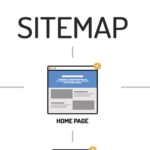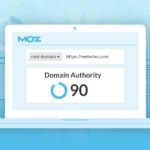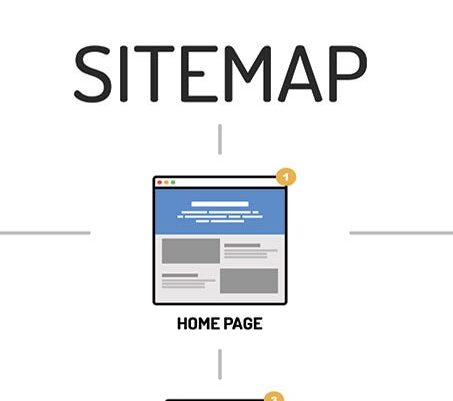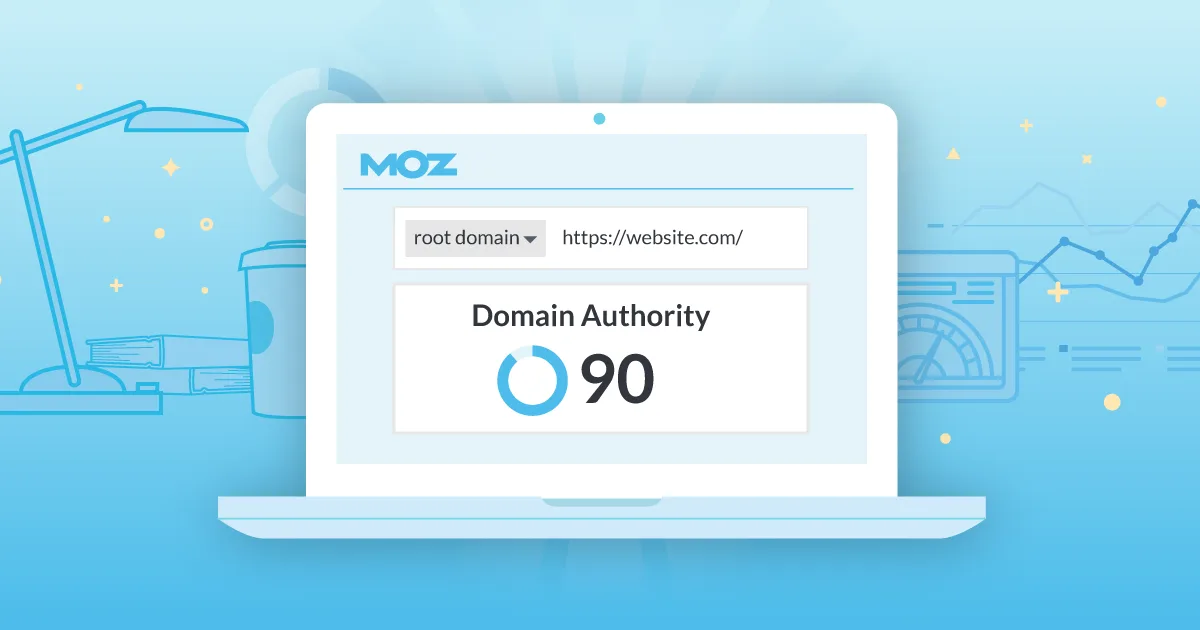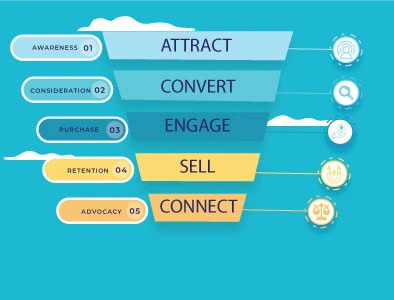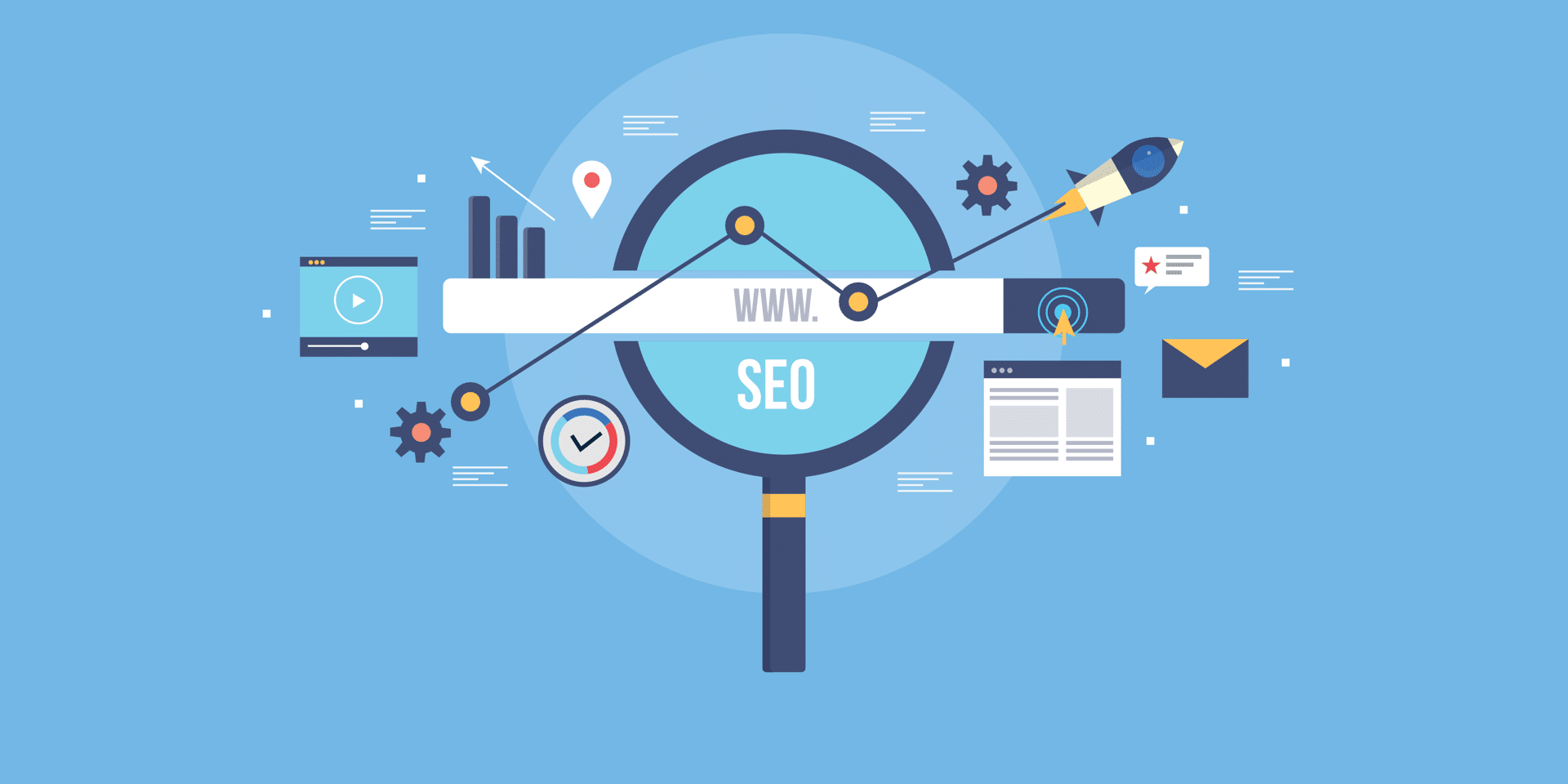Introduction to Site Maps and its Role in SEO
What Is Site Map SEO?
Site Map SEO is the process of creating and submitting an XML site map to search engines to improve visibility and rankings of webpages within a website’s domain. A sitemap can be used to provide information about the structure of your website, which can then be used by search engines when crawling your website. This helps ensure that all content on your website is indexed correctly by search engine crawlers. Additionally, submitting an updated sitemap also helps to ensure that any changes or new content added to your site gets indexed faster and more accurately.
Benefits Of Site Map For SEO Optimization
Using a site map for SEO optimization offers numerous benefits including: improved visibility of webpages in SERPs (Search Engine Result Pages), faster indexing by crawlers, increased organic traffic from organic searches; better internal linking structure; time-saving from manual submission; improved user experience; easy management of crawled pages; easier navigation through related topics; better crawl budget optimization; ability to control page priority; and easier detection of content changes. Minishortner.com what is site map for seo.
Benefits of Creating A Site Map For SEO Optimization
There are several benefits to creating an effective sitemap for SEO optimization:
- It improves visibility – A well-structured sitemap provides a clear navigation path for both visitors and search engine bots, allowing them to easily find all relevant pages.
- It enables faster page crawling – Search engine crawlers can quickly identify new content on your website, ensuring that it’s indexed quickly.
- It helps with indexing – A well-created site map ensures that all important pages are indexed by the search engines, which can lead to better rankings.
- It enhances user experience – A well-designed sitemap makes navigation easier for visitors and encourages them to explore more pages on your website.
Tips For Creating An Effective Site Map For SEO Optimization
Here are some tips for creating an effective site map for SEO optimization:
- Keep It Up-to-Date: Make sure you keep your sitemap up-to-date; otherwise, search engine crawlers won’t be able to accurately index your webpages.
- Include All Pages: Your sitemap should include all important pages (including those with little content) so they get indexed by search engines.
- Make It User-Friendly: Create a user-friendly navigation path with breadcrumb trails so visitors can easily find their way around your website.
- Include Links To Important Pages: Make sure you include links to other important pages on your website so they get indexed quicker by search engines.
Creating an effective site map for SEO optimization will help ensure that all important pages are visible to both users and robots alike. Not only does this improve visibility but it also enables faster page crawling and improved indexing rates, making it easier for people to find what they’re looking for. While there are some technical aspects involved in creating a successful site map, following these tips should help you create one that meets your needs.
It’s also essential to use descriptive page titles and meta descriptions in order to generate more organic clicks from potential customers who come across your website through SERP listings. Additionally, using proper internal linking between webpages can further optimize your content more effectively by helping bots navigate through all relevant content faster. In conclusion, having an optimized site map allows search engines to crawl and index more efficiently thus improving overall rankings which can potentially increase organic traffic. Understanding what is site map optimization and avoiding common errors while creating one can help businesses reach their desired goals quickly with minimal effort invested into it.



